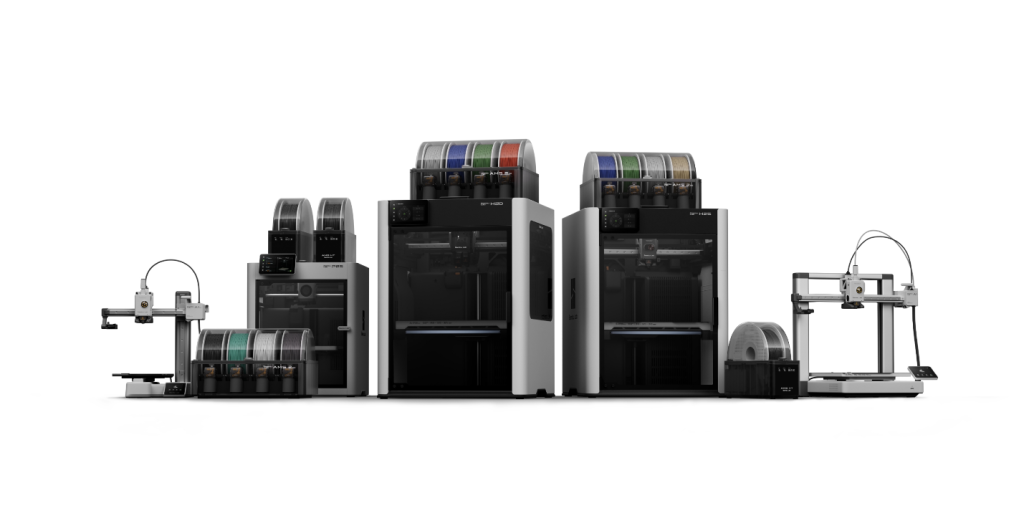Asset management software is gaining popularity within enterprises that are looking to plan asset lifecycle management effectively. With this digital solution, the goal is to optimize operations, become more productive, and help make better decisions. But does it really translate to improved asset lifecycle management?
Asset management system software offers promising capabilities for organizations seeking better control over their assets. A better grasp of the impact can be had by examining its advantages and drawbacks. Let’s explore how this technology works and what it means for modern businesses.
Understanding Asset Lifecycle Management
Managing all phases of the lifecycle of an asset, from acquisition to operation to disposal, is referred to as asset lifecycle management. It involves planning, procurement, installation, operation, maintenance, and decommissioning. Management helps to get the maximum value from the asset and reduce costs and risks. Managing each of these stages in concert can become very tricky without the proper tools in place.
Key Functions of an Asset Management Tool
Asset management software provides many functions in order to improve lifecycle management. This includes such things as tracking inventory, scheduling maintenance, and monitoring performance. Tools like these help you record every single detail, automate repetitive tasks, and process large amounts of data. It allows users to gain live data and make informed decisions and strategies.
Benefits of Using Asset Management Software

Organizations that implement these solutions often see improvements across multiple areas of their operations.
Enhanced Productivity
A major benefit is that it allows for greater productivity. By minimizing manual work through the automation of regular tasks, the team can concentrate more on strategic tasks. With access to real-time data, decisions are made quickly, downtime is reduced, and output is increased.
Improved Accuracy
In managing assets well, data needs to be accurate. This software automates the way data collection and analysis are done, preventing human error. With this accuracy, better forecasting, budgeting, and meeting of regulatory needs can be done.
Cost Reduction
Another major advantage is cost savings. This results in cost savings on repairs and replacements by improving maintenance schedules and increasing asset life. Also, financial savings are made easier due to better resource allocation.
Risk Mitigation
Through monitoring and reporting in a more complete way, your potential issues can be seen and fixed while they are still small problems. According to the U.S. General Services Administration, proper asset management practices are critical for organizational risk management. Identifying the potential challenges in advance drastically lowers the risks that asset failure can mean for business continuity and safety.
Strategic Decision-Making
This level of detailed intelligence gives your managers the ability to make strategic decisions, supporting a far greater management strategy. This understanding also helps you with aligning asset management with organizational goals, thereby optimizing overall performance.
Challenges in Implementation

Although asset management software comes with various benefits, it also brings challenges with it. It needs a proper implementation with change management. Employees accustomed to traditional approaches may resist change. User training is key to making sure users gain as much value from the software as they can.
Integration with Existing Systems
In order to be successful, integrating with existing systems has to work smoothly. They need to evaluate compatibility and make sure data is consistent across platforms. This helps provide a single view of assets, which improves their management.
Scalability and Customization
Different organizations have varied needs. The model of asset management software needs to be customizable and scalable to grow as you actually need it. Choosing a scalable solution capable of accommodating unique processes is critical to realizing the full value.
Evaluating Return on Investment
ROI calculation is vital whenever you are thinking about asset management software. Depending on the model, organizations should evaluate the cost of initial software purchasing, the implementation process, and training expenses. These costs should be contrasted with long-term savings and productivity gains to assess the overall value.
Future Trends in Asset Management
With changing technology, asset management software is getting advanced. Predictive analytics is more than just a buzzword; the emergence of machine learning and artificial intelligence technologies is becoming embedded, opening up a whole new world of optimized automation. These innovations are expected to bring even more productivity and decision-making capabilities in the future.
Conclusion
Asset management software has great potential in supporting effective management of asset life cycles. Due in part to its potential to improve how organizations work, make decisions, and spend money, this technology is proving to be invaluable. Nonetheless, careful planning, training, and integration with existing structures are needed for proper implementation. Given the rapid advancement of technology and the ever-expanding capabilities of asset management software, its potential benefits will likely increase as well in providing the organizations that utilize it with more value when it comes to optimizing the asset lifecycle management process.





















